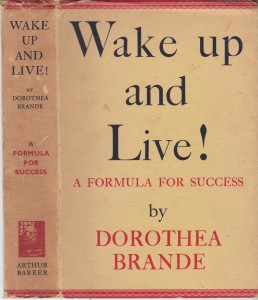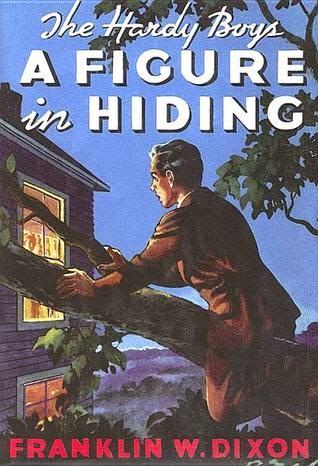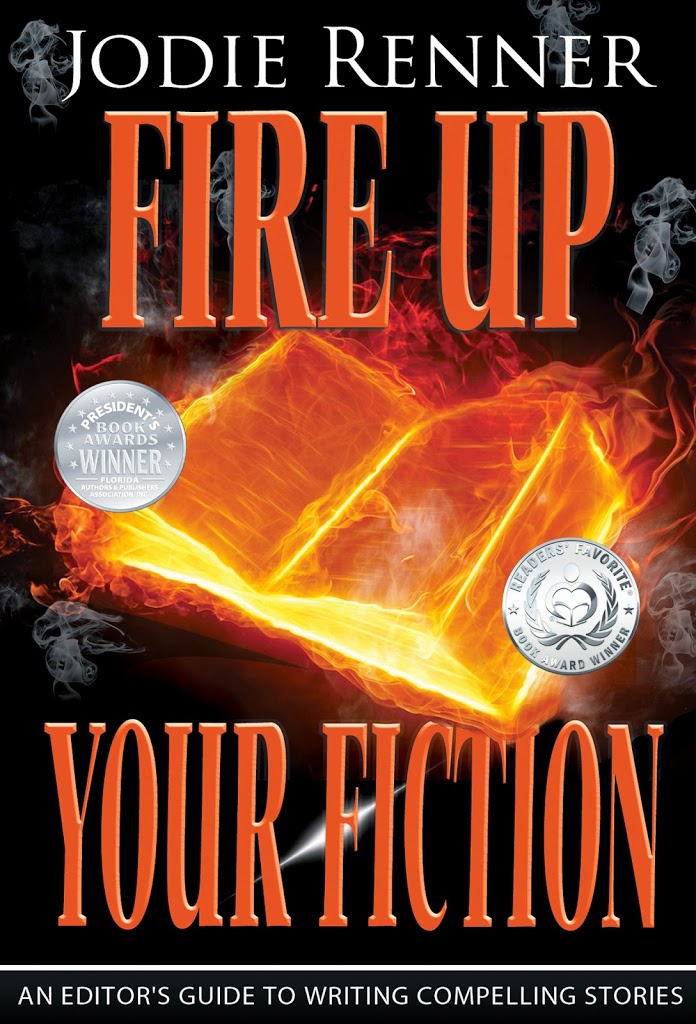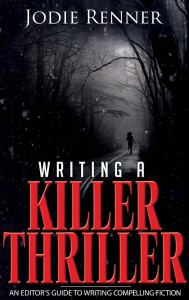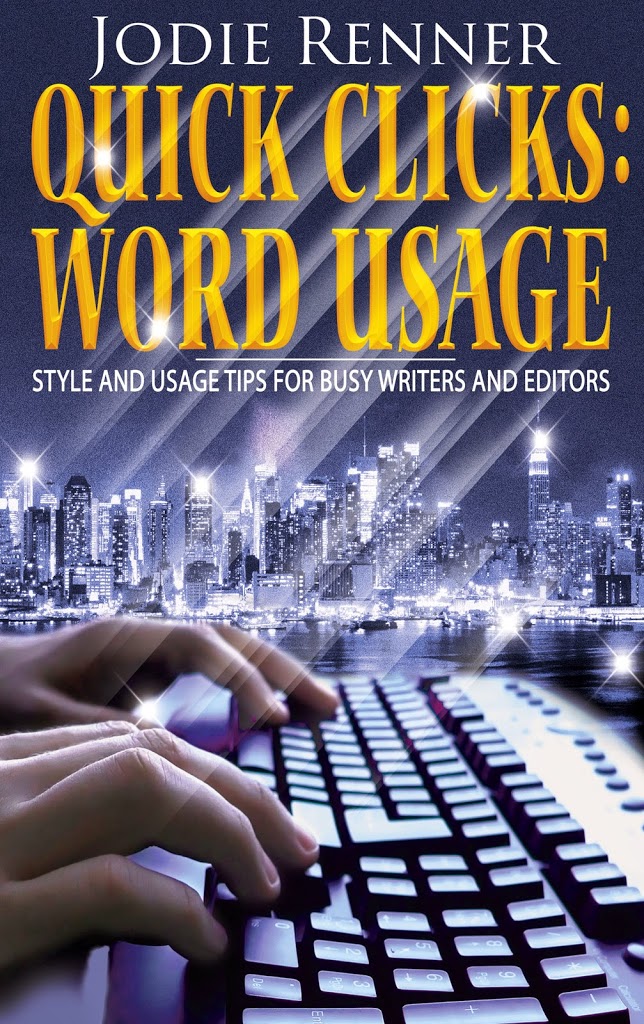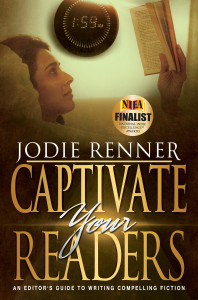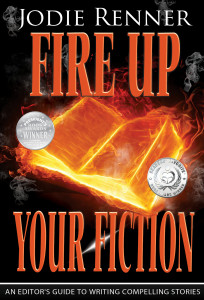A recent article in the New York Times describing a study on the neuroscience of creative writing (‘This is Your Brain on Writing‘) provides an intriguing glimpse of what happens to your brain when writing fiction. I guess it wasn’t something I’d ever thought about in scientific terms at least – but, if this study is correct, there appears to be a number of similarities (in terms of brain function) between writers and people who are skilled at other actions such as sports or music. The study also found differences in brain activity between professionally trained writers and novice writers who were asked to continue a short piece of fiction after a few minutes of brainstorming. What were these differences?
Well, for starters they found that during the brainstorming section of the study, novice writers activated their visual centres of the brain, while the brains of expert writers showed more activity in regions of the brain involved with speech. The researchers concluded that novices ‘watched’ their stories like a film inside their heads while the ‘experts’ were narrating their stories with an inner voice.
Secondly, when the writers started to actually write their stories, areas of the brain crucial for retrieving factual information and holding multiple pieces of information (possibly characters and plot lines) became active.
Finally, they also found that in the expert writers the caudate nucleus (the region of the brain that plays a vital role in how the brain learns and which activates as a skill becomes more automatic with practice) ‘lit up’ in a similar way to that observed in people who were experts in music or sports.
Now, creative writing is a notoriously difficult thing to study in the brain – for a start, you don’t usually perform the creative process while lying still inside an MRI machine – and it also sounds from this article like some experts believe the results of the study are too crude to be all that meaningful. Others however feel the study provides some real insight into the regions of the brain that ‘light up’ when a person is involved in the writing process.
For me, the most intriguing aspect of this study was that a researcher even attempted to look at what the brain does when a person is being ‘creative’ – although I so wonder whether we can ever really understand how creativity works in terms of the brain (for a start it seems to me that many writers access their creative process in very different ways). To be honest, I was also a little depressed by the novice versus expert results. I tend to be a very visual person and so I fear, had I been included in the study, my brain would have acted like the ‘novice’ during the brainstorming sessions at least (after my years of writing practice that seems depressing!)
Who knows, maybe one day neuroscientists will be able to use their studies to create a designer drug that will make us all awesome creative writers…or maybe they’ll identify the crucial area of the brain that needs to activate in order to become a bestselling author…Then again, perhaps delving too deep into the brain of a writer isn’t exactly a good idea (we can invent just too many ways for this research to be used for evil…)
So what research would you like to see in the science of creativity? I think it would be cool to see whether the brains of brilliant writers work differently to mere mortal folks like me and (as brilliance so often comes with madness) whether mental illness has an impact on the creative process.
What about you? If you could be included in a study on the neuroscience of writing, what kind of study would it be?




